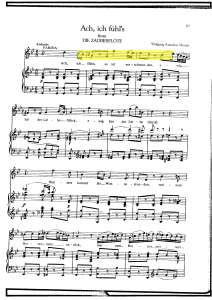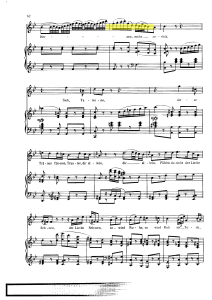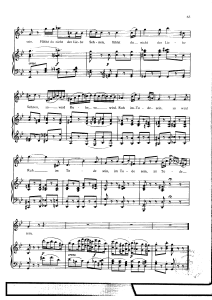This week was spent getting the DSP in a good place for the interim demo. This meant using slightly more complex music (the example being tested this week is Fly Me to the Moon) which has chords, different note timings, and imperfect singing to see if the audio could be properly parsed.
In tandem, features to interface with user input were added. In the final product, these signals will ideally come directly from the web app but, for now, can be directed through command line inputs. The program can process existing sound files or attempt to record from scratch, save, and process the audio. This allows the program to mimic the full functionality we hope to have once all parts are combined.
Time was also spent manually slicing and cleaning up audio files from the recording sessions which are located in the Recordings folder of the project. This was necessary since each take needed to be broken up seperately and the vocal and piano tracks needed to be isolated into their own files respectively.
Aubio is producing more audio events than there are notes in the piece. This makes sense, as deviations in playing (particularly singing) seem to cause multiple notes to be generated. Remove erroneous data from the stream (i.e. midi values that correspond to octaves not being reached). This removes any of these spikes but also results in some missing data. More testing is needed to determine which spikes are just noise and which are valid events (with wrong pitch data).
In addition, a method of “pitch stitching” is in progress but needs work. This would combine sequential pitches of very close or equal values into one event. So far this has yielded mixed results with increasing error as the complexity of the piece increases.
Updates to the DSP test files and main process can be found here
Is your progress on schedule or behind? If you are behind, what actions will be taken to catch up to the project schedule?
The project is on track for the interim demo this upcoming week.
What deliverables do you hope to complete in the next week?
Time will largely be spent working towards the demo and then refining the pitch detection and timing output even more.








